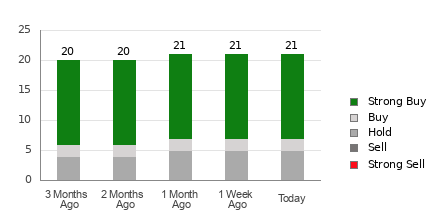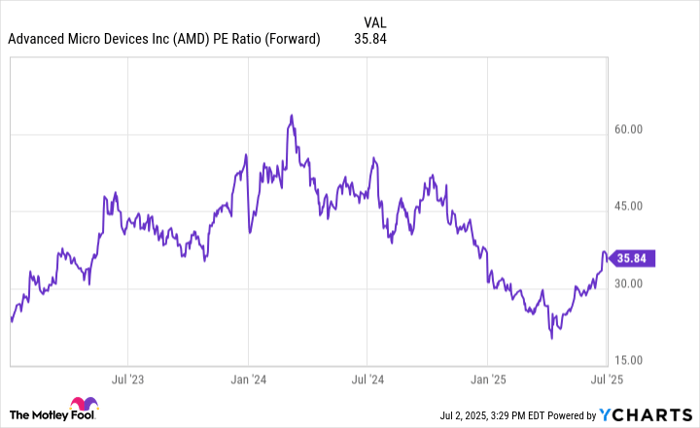
Written by Nick Ackerman, co-produced by Stanford Chemist.
Eaton Vance Tax-Advantaged Dividend Income Fund (NYSE:EVT) is trading at a sufficiently deep discount to its net asset value per share to reach a ‘Buy’ level. The previous update saw it trading at just over a 6% discount, which could have been an opportunistic moment for long-term investors. However, the current discount of around 9% surpasses our target 8% discount level, presenting an even more compelling proposition for prospective investors.
The fund’s performance since our last update indicates a slightly negative price return, but on a total return basis, it has exhibited slightly positive results.
In a market where the S&P 500 is soaring to new all-time highs, the inclusion of leverage in EVT’s strategy may seem incongruous. However, EVT’s benchmark against the Russell 1000 Value Index sets it apart from the S&P 500, which has increasingly evolved into a growth index. This positioning makes EVT a fundamentally distinct fund in terms of its performance drivers and risk characteristics.
With its highest sector exposure in financials, healthcare, industrials, and energy, and a technology sector exposure of just over 7%, EVT offers potential portfolio balancing and diversification, particularly for investors heavily weighted in the tech space. Moreover, the fund also boasts exposure to fixed income and preferred securities, making it more of a hybrid fund rather than a pure-equity fund.
EVT Fund Essentials
- 1-Year Z-score: -1.16
- Discount: -9.09%
- Distribution Yield: 8.05%
- Expense Ratio: 1.13%
- Leverage: 19.7%
- Managed Assets: $2.3 billion
- Structure: Perpetual
EVT focuses on “dividend-paying common and preferred stocks and seeks to distribute a high level of dividend income that qualifies for favorable federal income tax treatment.” Its investment approach aligns with a value investment style by targeting dividend-paying common stocks with the potential for substantial dividend growth. The fund’s objective is to deliver a high level of after-tax total return, predominantly in the form of tax-advantaged dividend income and capital appreciation.
Seizing the Discount Opportunity
Unlike the S&P 500, EVT benchmark against the Russell 1000 Value Index and includes exposure to fixed-income and preferred instruments. By benchmarking itself against a blended index, the fund offers a comprehensive performance comparison. In its last annual report ending October 31, the fund outperformed various listed indexes over five and ten years in terms of total net asset value (NAV) return, a vital metric signifying the underlying portfolio’s performance.
Notably, during a market downturn at the end of the fiscal year, EVT’s actual total NAV performance was down approximately 2%, whereas its market price total returns plummeted by over 14.5% due to a widened discount. Throughout 2021 and 2022, the fund sporadically operated at a premium before transitioning to a substantial discount.
While a broader market recovery benefited most publicly traded companies, EVT’s total NAV performance compared respectably with the Russell 1000 Value Index fund but lagged significantly in market price. Consequently, EVT’s stock is now trading well below its long-term average, approaching a discount level seen prior to 2016/2017.
Given the dominance of the S&P 500 by tech and growth stocks, EVT’s performance might not mirror the index. However, a potential silver lining could emerge if tech stocks pause or if value stocks begin to outperform. With its leverage, EVT stands to strongly outperform in a lower-rate environment.
While EVT’s exposure to fixed income and preferred securities isn’t substantial, a subsidized-rate environment could drive appreciation, making the fund an attractive proposition for conservative income-seeking investors.
Emerging Market Lowers Rates to Lift EVT Performance
Fed Cuts Rates to Boost EVT Leverage
ETF managers like Eaton Vance Tax-Advantaged Dividend Income Fund (EVT) are riding a welcome tailwind following the Federal Reserve’s decision to lower rates. The move comes as a much-needed boon, given that EVT is also leveraged. The relief from the lowered rates is expected to have an almost immediate positive impact. Although the anticipated rate cuts may not occur as soon as initially hoped, the market is looking forward to a potential uptick later in 2024.
Leverage Relief Spurs Performance
EVT’s borrowings are tied to OBFR plus 0.62%, resulting in a fund cost of 5.94% as per the latest report. This, coupled with management and operating expenses, presents a significant obstacle to leveraging for positive results. However, the potential relief from this high cost of borrowing could catalyze improved fund performance. The development may also reignite interest in the troubled leveraged Closed-End Fund (CEEF) sector, which has been experiencing historically wide discount levels over the past year.
Impact on Distribution Yield
The fund’s distribution coverage stands to benefit from the potential relief in borrowing costs following the Fed’s rate reduction. Being heavily invested in equities, EVT requires substantial capital gains. Any respite in generating recurring dividends directly alleviates the pressure to meet those capital gain needs, reflecting a positive impact on the distribution yield.
EVT’s Portfolio Composition
Despite a turnover rate of 29%, the fund’s overall composition remains relatively static, with approximately 80% allocated to equities and the remaining 20% in fixed-income, preferred or cash. The fund’s sector exposure primarily emphasizes financials, which takes up a considerable weight of 26%+, almost double the next highest allocation to healthcare. This allocation has grown recently, further widening the gap between the two sectors.
Change in Top Holdings
The fund’s top holdings witnessed some reshuffling, with new names making it to the list. Notably, JPMorgan, Charles Schwab, Constellation Brands, ConocoPhillips, and Chevron continue to hold significant positions in the fund, whereas Micron Technology, American International Group, Zoetis, Westinghouse Air Brake Technologies, and Reinsurance Group of America have emerged as new entrants to the top ten holdings.
Conclusion
EVT has maintained respectable long-term performance against its benchmark despite underperforming the S&P 500 Index, largely due to the tech sector’s dominance. Amidst the current market scenario, EVT presents an attractive option for investors seeking diversification. Furthermore, the fund has fallen to a wider discount, historically signaling potential for growth, making it opportune for potential investors seeking a favorable entry point.









